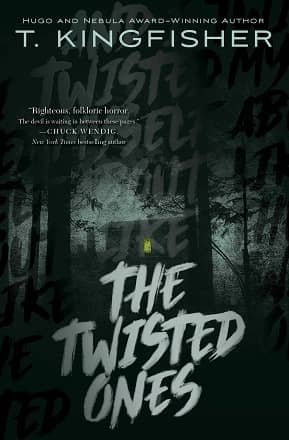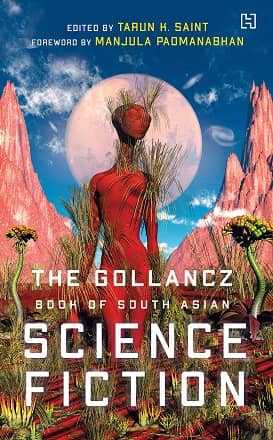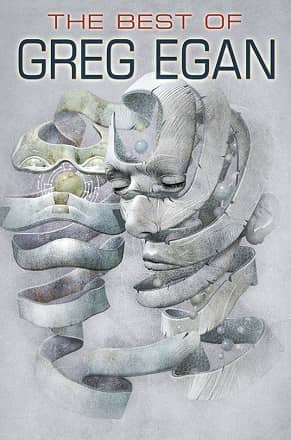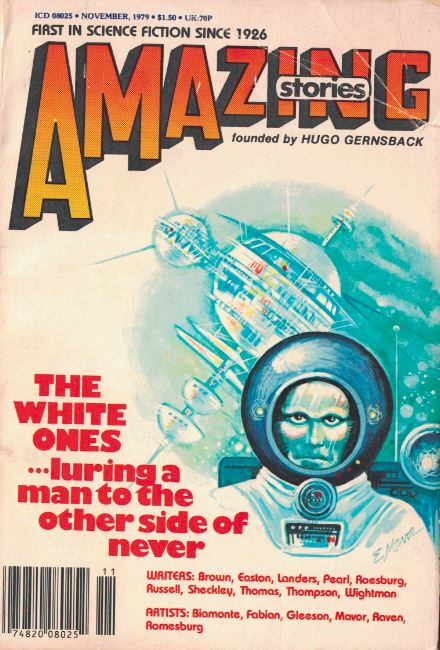Stories That Work: “The Valley of the Speaking Flames” by B. Pladek, and “Where a Good Town May Take Us” by Andi C. Buchanan, in Abyss & Apex
Eccentric stories stick with me better than classifiable ones. Robert Heinlein’s great time travel piece, “All You Zombies,” for example, was eccentric within the category of time travel stories, so much so that it felt like an outlier. It didn’t fit. Even now, where time travel as a premise is way more prevalent, “All You Zombies” startles.
I like teaching that story to high schoolers. It’s a great in-class science fiction IQ piece. I have them read it silently. The kids who can do the sideways thinking that the best science fiction asks of us all gasp at the same place in the story (really! They react physically). They want to turn around in their seats to talk to a neighbor. “Do you get it?” they ask. “What a mind trip!”
Here’s a one-question quiz to test whether a first time reader of “All You Zombies” understood the story: What do the bartender, the unwed mother, the city slicker and Jane have in common?
The eccentric stuff is better. Harlan Ellison’s “Croatoan,” Connie Willis’s Lincoln’s Dreams, Kelly Link’s “The Faery Handbag,” Neil Gaiman’s Neverwhere, and just about anything by Howard Waldrop are hard to lump in with their peers.
So, when I want a straight dose of the eccentric, the memorable, I often turn to a small-press magazine, the Hugo finalist Abyss & Apex, edited by Wendy S. Delmater.

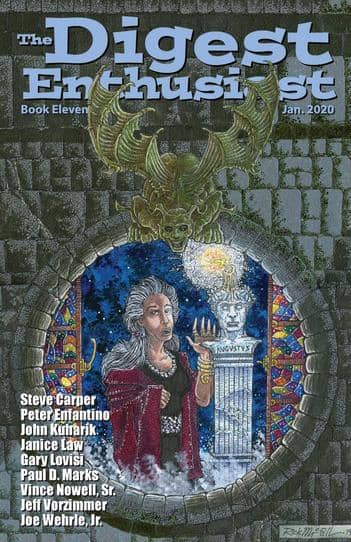
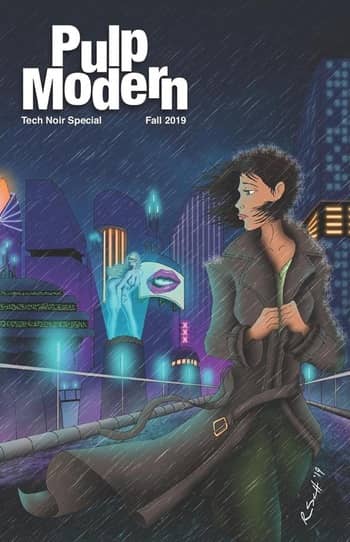
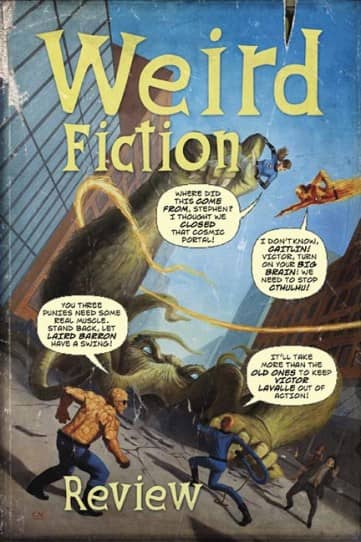
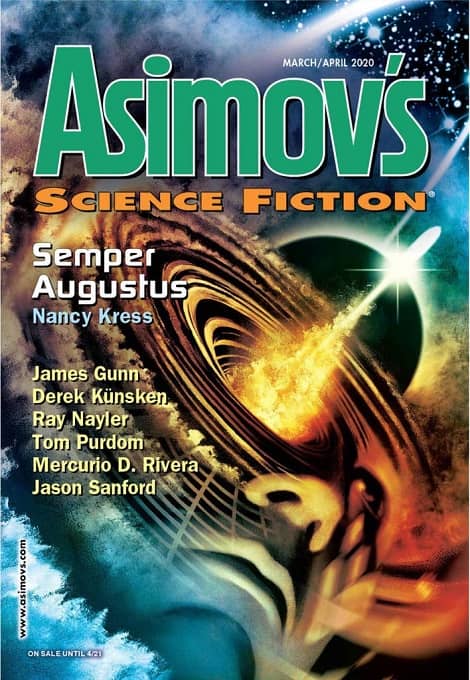


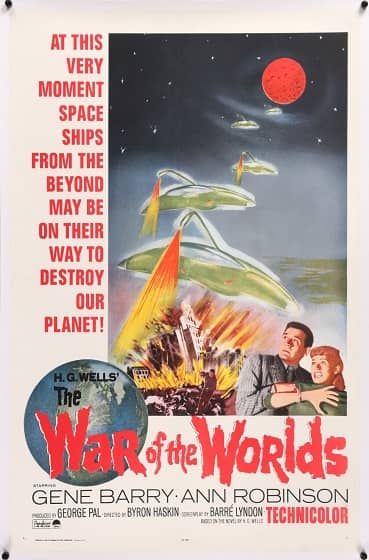
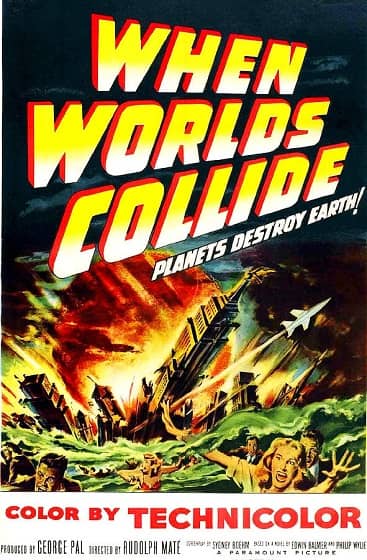


 In the second of two interviews supporting
In the second of two interviews supporting  One of my favorite stories from last year was “Ghost of a Smile” by
One of my favorite stories from last year was “Ghost of a Smile” by 